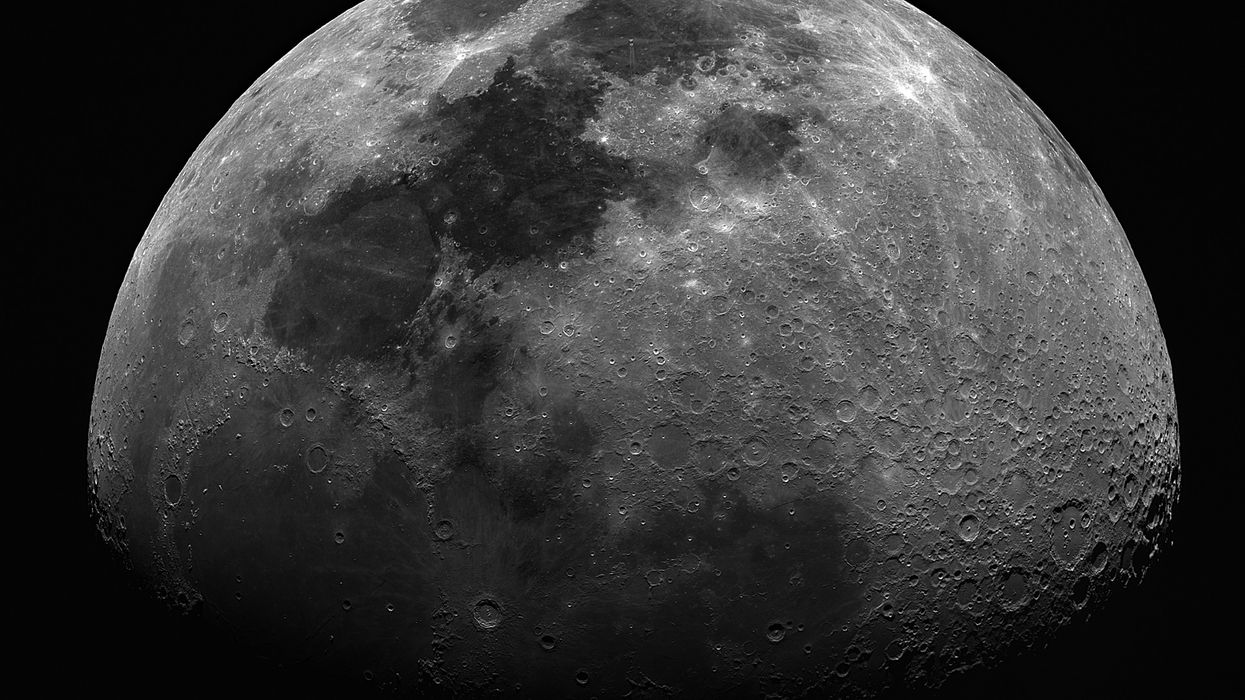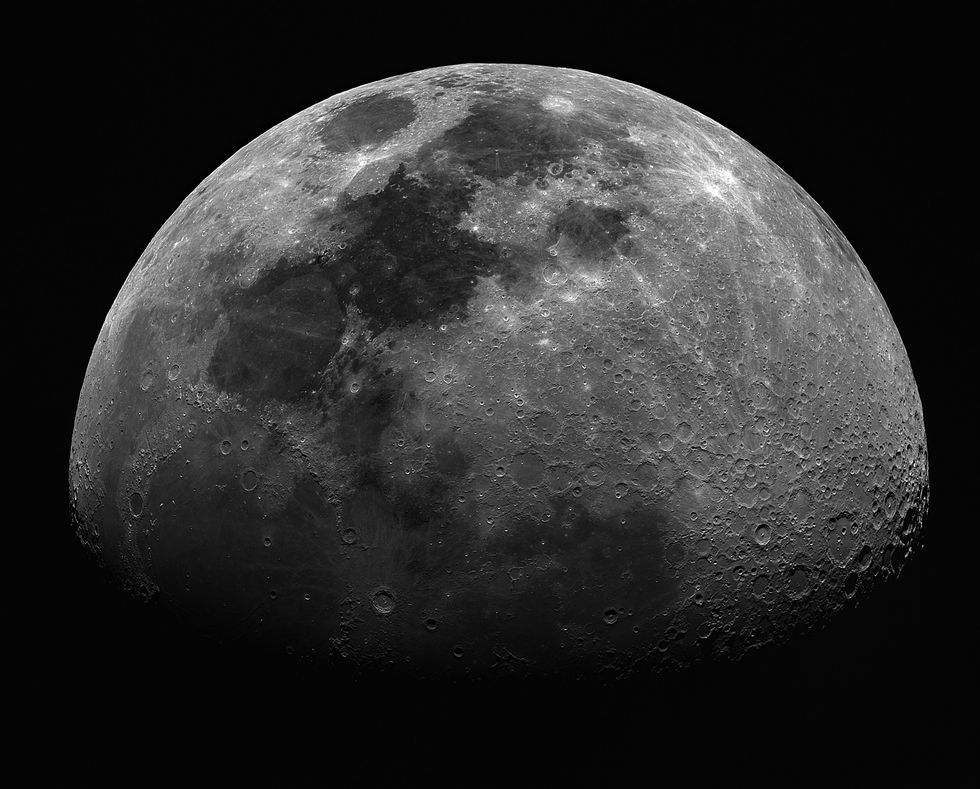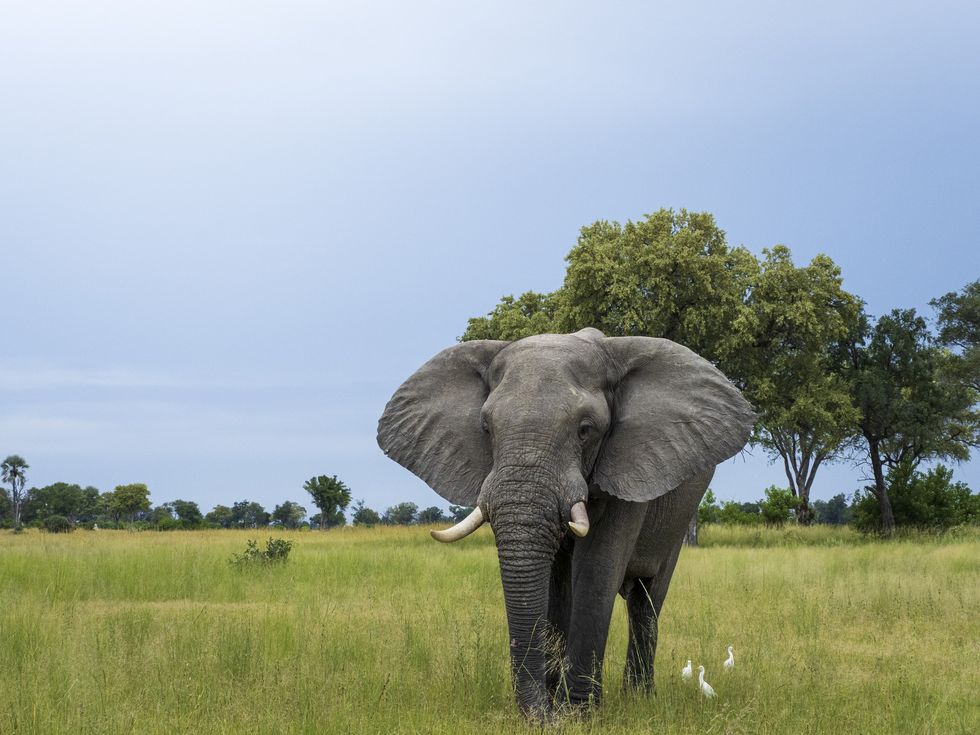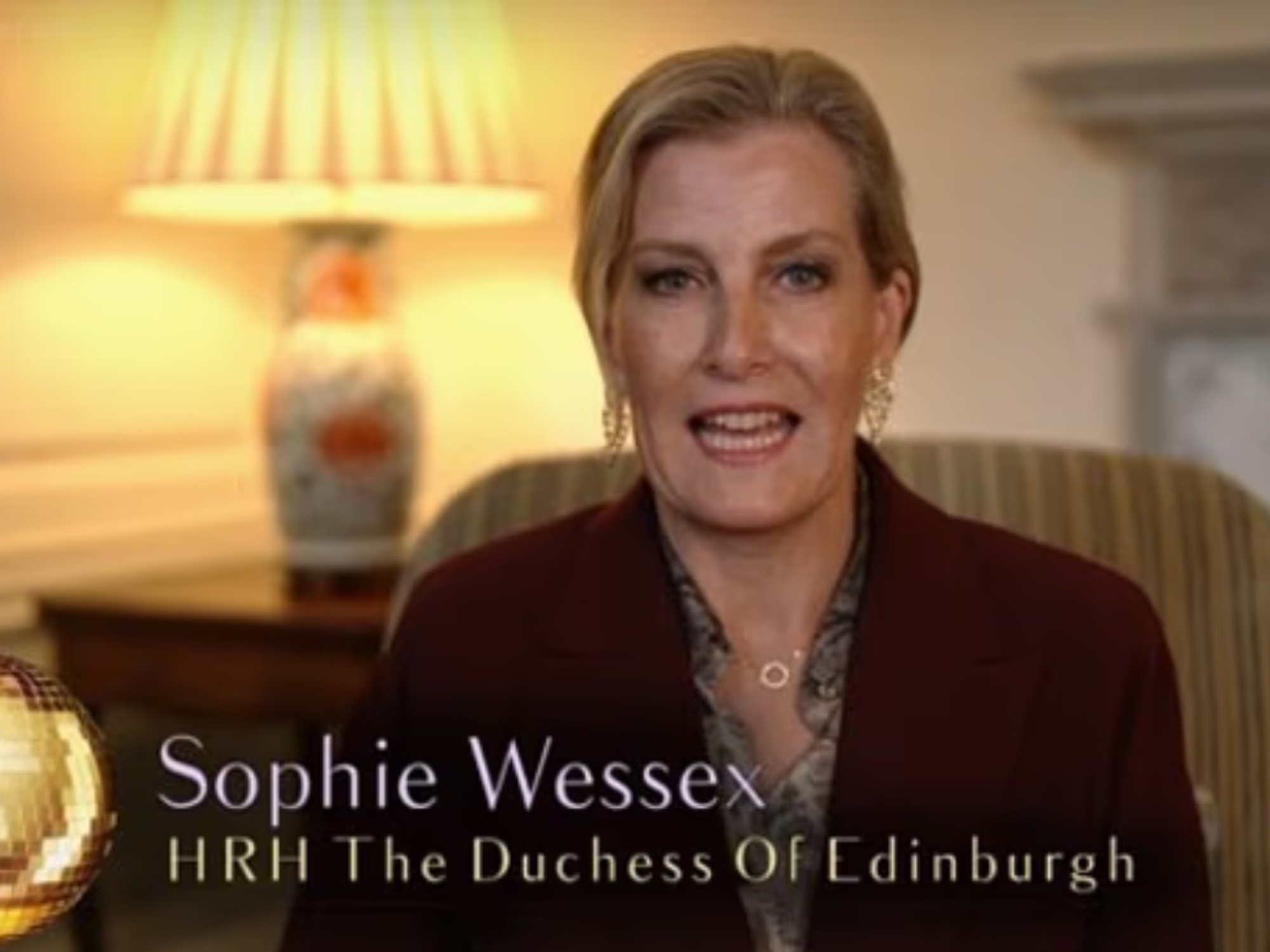Frozen samples of endangered animals 'could be stored on Moon' to protect them as scientists dream of 'lunar ark'

Scientists could send frozen samples of endangered animals to the Moon to be stored in case of global disaster
|Getty

The proposals include a 'biorepository' in a vault on the surface of the moon
Don't Miss
Most Read
Latest
Scientists could send frozen samples of endangered animals to the Moon to be stored in case of global disaster.
Plans have been outlined for a "lunar ark" in an article from experts at the American Institute of Biological Sciences.
The proposals include a "biorepository" in a vault on the surface of the moon amid concerns the Earth’s biodiversity is "increasingly threatened and at risk".
Experts suggest that the samples of animal tissue could be brought back to Earth to repopulate the planet.
 Scientists could send frozen samples of endangered animals to the Moon to be stored in case of global disaster | Getty
Scientists could send frozen samples of endangered animals to the Moon to be stored in case of global disaster | GettyIn addition, the tissue could be used to bring species to other planets to help colonise the cosmos.
The lunar bunker would firstly preserve samples from endangered animals that "would be required to rebuild human-friendly sustainable ecosystems during space flight, on another planet or back on Earth", the article published in the journal Bioscience stated.
Biorepositories which already exist in the world are vulnerable to climate change, nuclear war and power outages, the article suggests.
The Svalbard Global Seed Vault in Norway has more than one million seed samples which are stored in permafrost.
LATEST DEVELOPMENTS:
More than 48,000 samples of genetic material from about 5,500 species of endangered animal are stored at the UK’s Frozen Ark project.
In comparison, the moon has "no atmosphere and, therefore, no threat of climate change".
Although the moon has the optimum temperature to store cryopreserved tissues known as fibroblasts, the scientists say there are some disadvantages.
In the article, authors acknowledge there would be difficultly with the cost and building, maintaining and governing a biorepository on the moon.

Among those to be frozen first would be pollinators such as bees, endangered animals such as the African savanna elephant and 'culturally important animals'
|Getty
They added that "robust packaging" would be required to ensure the samples survive their flight and to test their "sensitivity to [solar] radiation" - which is higher on the moon than on Earth.
Among those to be frozen first would be pollinators such as bees, endangered animals such as the African savanna elephant and "culturally important animals".
As of today, no animals have ever been sent to the lunar surface.










